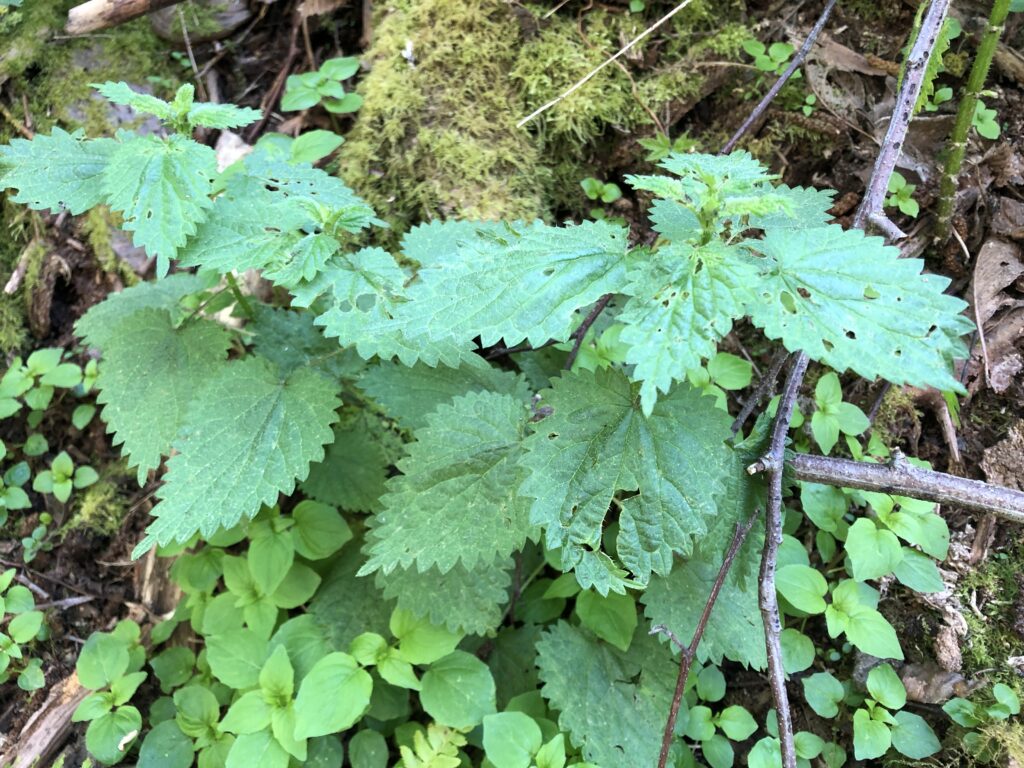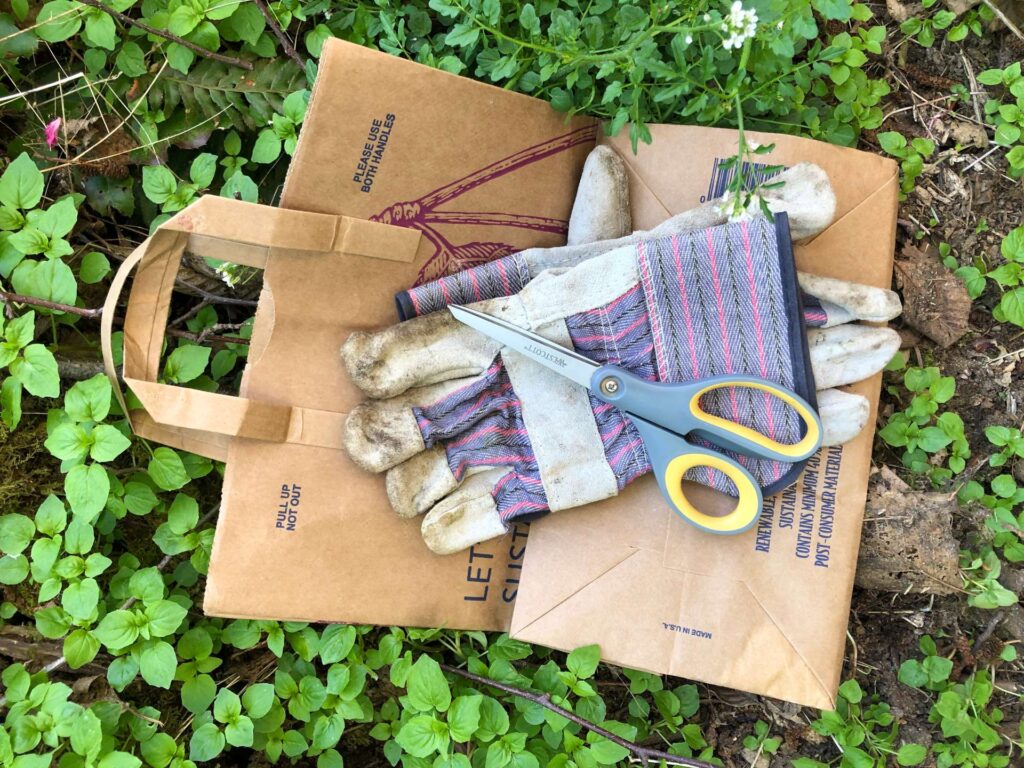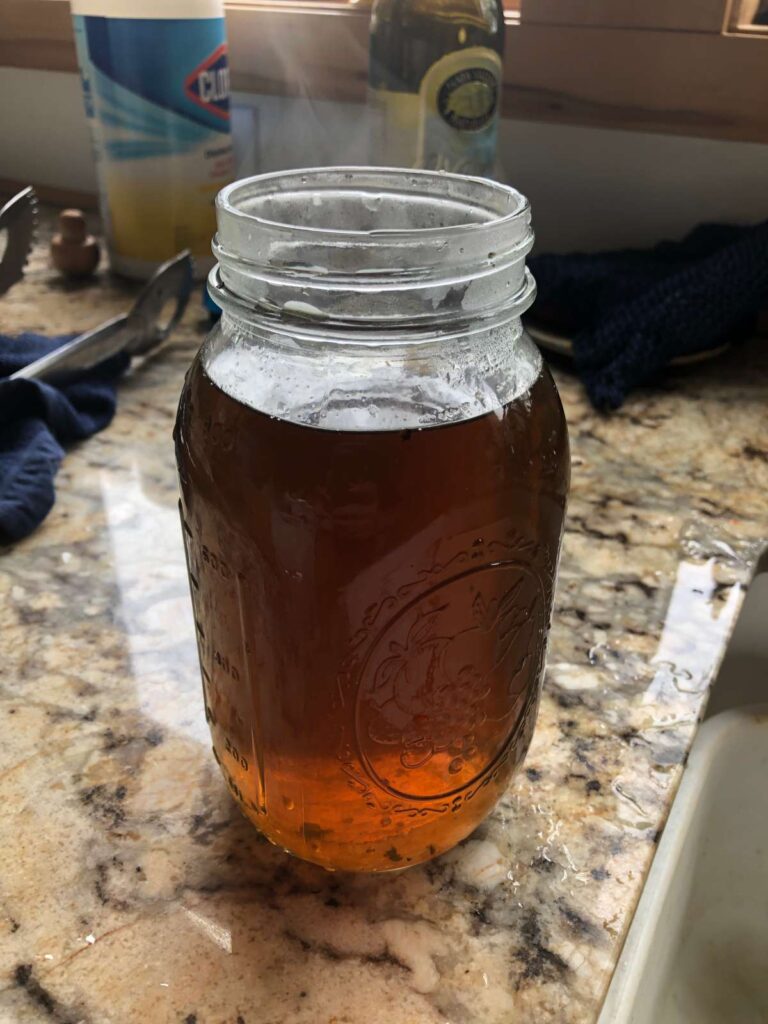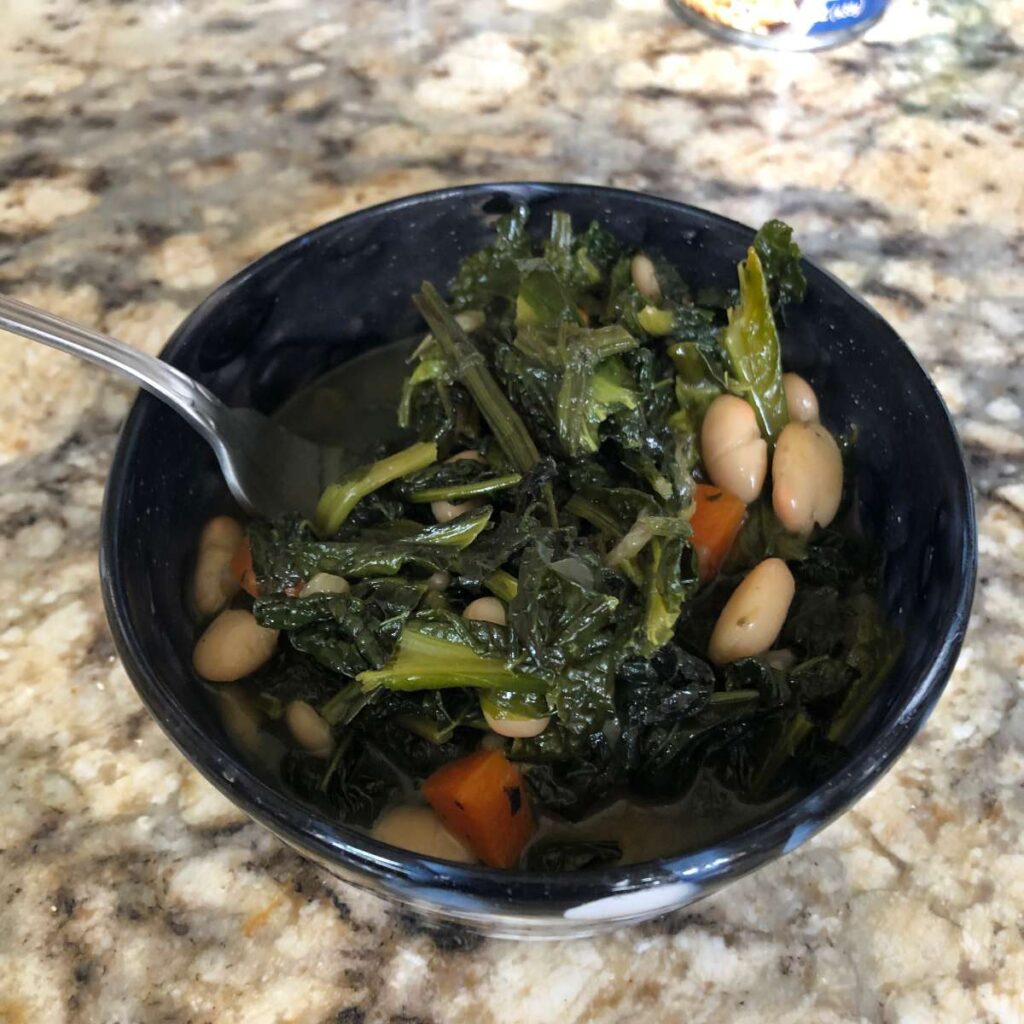
This time of year, there are several different plants that can be foraged for food. One of my favorites, though a prickly one to harvest, is Stinging Nettle (Urtica dioica).

This plant is very nutritious, full of minerals and vitamin. Historically, for indigenous folks of the PNW it has one of the most important sources of Vitamin C during the early spring, before berries ripen. It is also used to make cordage, strong enough to catch halibut. Other animals besides humans appreciate it as well. Many of our native butterflies lay their eggs exclusively on stinging nettle. Why? Well, remember that stinging part? It’s not just a nomenclature thing. It’s an apt descriptor. These plants will sting you. They’ve got little glass-like hairs full of formic acid (the same stuff ants use) and if these hairs find exposed skin, they leave a burning sensation that will last the better part of a day. That said, unlike poison ivy, it goes away after about a day and I’ve never heard of anyone having an allergic reaction to it, or of it going systemic (does that mean the same thing?).

Collecting stinging nettle requires heavy leather gloves. I’ve used gardening gloves before and still been stung.
Whenever you forage for anything – plants, mushrooms, clams, etc. – you never want to take more than 5% of what you find. Luckily, there’s a good sized patch near my house, so I was able to fill a grocery bag.
The next step is to prep them for cooking. First I rinsed them, using tongs, and then boiled them for about ten minutes, which is probably longer than necessary, but I hate getting stung, especially by food, so I boiled them down.

I reserved the water from boiling the nettles and used it as a tea. Stinging nettle tea is full of minerals and antioxidants and is supposed to be good for immune support and allergies, at least that’s the folklore. I’m not sure of any scientific studies on this, but I figured, what the heck, add enough honey and it can’t be too bad.
I stored the cooked nettles in the fridge for about a week until I had a chance to cook them up. When it was ready, I pulled it out and cut it up into smaller pieces.
I used a pretty simple quiche recipe (premade crust, six eggs, some cheese, cook at 375 for 30 minutes), substituted the nettles for spinach and here’s what I got.
I have to say it was pretty tasty.
I still had some nettles leftover so I added them to a bean soup I was making with kale from the garden.
